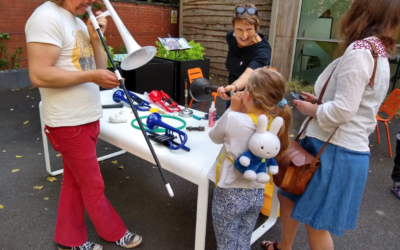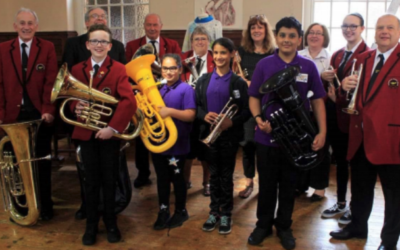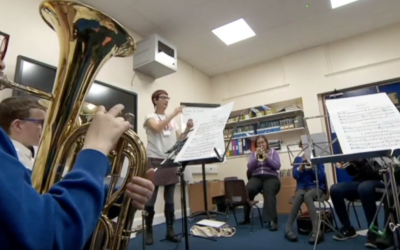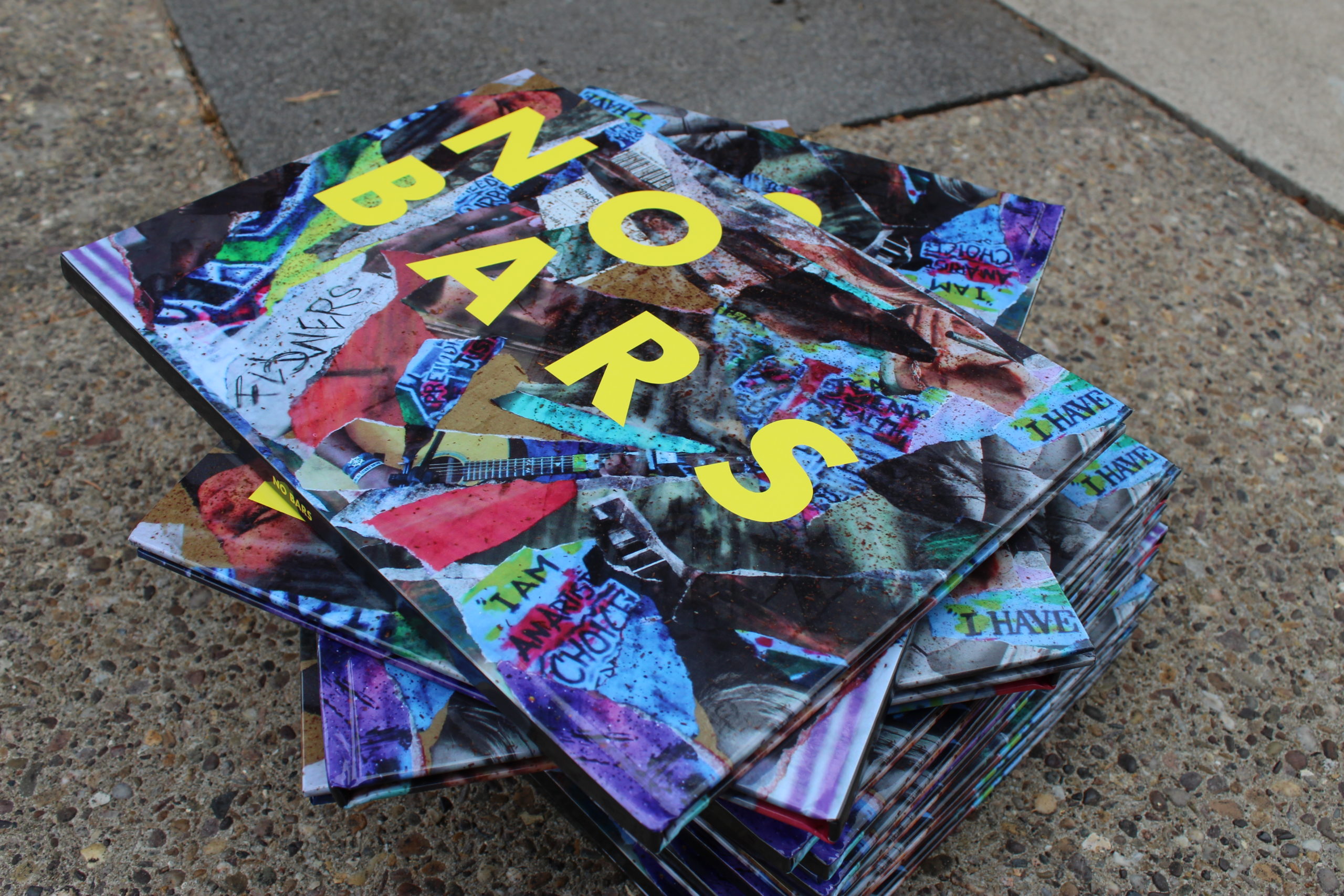
5 tips to make your bid writing pay off (whether you get the funding or not!)
Writing a bid for your community project does take time. However, I’m going to argue that it is time well-spent, whether you submit the bid or not. In fact ofttimes I’ve written a bid and realised that I didn’t need any money, just a decent plan. And that’s what a bid is – it’s a plan that will ensure the success of your project.
Here are 5 tips to make bid-writing both useful and satisfying – enjoy!
TIP 1
What change do you want to make? – This is the big question and tit can be hard to separate your passion for something from the actual social benefit. You know you love it – basket weaving, stray cat care, tomato growing, so others must as well, right? If it were that simple you would just put an ad out and invite people to join you to coppice willow, collect stray cats or grow tomatoes. Why not? Well those things all cost money so you need to fund it somehow, unless you are happy to pay for the whole thing yourself. You need willow or cat shelters or grow-bags. You need a space, people and insurance. And sadly just asking funders for money to make baskets or pickles or feed cats will not work. This is because they will ask “What is the return?”. What if the income generated by selling your baskets, cats or tomatoes is never likely to pay for the costs involved? At this point you have to dig into your project and ask what it is that people are likely to get out of it. Might you be giving people companionship? Or skills which might be useful elsewhere? Is there a social benefit of removing pesky stray cats from the streets or an environmental benefit in growing willow for your baskets on a stretch of riverbank? Having thought a bit more widely about your passion, you now have a good argument as to why funders would consider helping you. You can link your passion into a larger social need such as loneliness, wellbeing or inclusion. Don’t be frightened to use those terms. Any community group which offers group activities is reducing isolation. And as long as you take care to think how anyone in your community can be involved, you are being inclusive. So now you can start to flesh out your idea. Who do you want to join you and why? By answering these questions you can set yourself or your group a brief, or a challenge, such as
a. “We want to reduce social isolation by inviting local families to grow tomatoes for our community. They will learn how to grow food from seed and form a gardening community”
or
b. “This project will bring young volunteers together to build cat shelters and care for stray cats. In the process they will learn valuable building skills and cat-care skills”
or
“An area of canal bank is unsightly. We want to coppice willow for our basket-making. This will improve the environment and provide valuable skills”
Tip 2
Measuring success – So, you have your project. Next you want to think about the dreaded evaluation. This comes at the end of the project but don’t be fooled! It actually runs through the whole thing and it is the thing that enables you to feel good about what you have done. Good evaluation is good for stress! Plus funders need to know that their money is being well-spent and this should be easy once you have your project brief. Let’s take brief a.We want to reduce social isolation by inviting local families to grow tomatoes. They will learn how to grow food from seed and form a gardening community. At present you have, say, you and a friend and an idea. By the end of the project, you hope to have a tomato-growing community and tomatoes. This is your measure therefore. The evaluation will show the difference between the start and the end of the project. You might count all the people involved in the project, weigh all the tomatoes grown or count how much you make from selling the tomatoes to your community This is your quantitative data. Then you might have photos of people growing plants, quotes from participants and a newspaper article about the project. This is qualitative data, You can use all qualitative data in your promotional work by the way e.g. posters, social media posts etc.
Tip 3
Line up your ducks – You’ll need a project manager (that’s very likely to be you- don’t forget to charge for your time!) and you’ll need someone to manage the money (you again? Have you got time to do that? If not, find someone and ask them for a quote). If you don’t have a bank account for the group, now’s the time to get one, it’s essential for many funders. Now then, how many tomato growers do you aim to train / cat shelters do you want to build / willow trees do you want to manage? Do you need to bring in some expertise or do some training yourself? Check out some options, get some names. Do you need somewhere to build shelters, cultivate willow, store growing materials and/or meet up? List your contacts! Keep a database. What materials do you need and where will you keep supplies? Are there any safety measures, insurances to purchase or policies to write? Anything else you need? Don’t worry, you can always add things later if they come up.
Tip 4
Set your timetable – I love this part of the project. It really gives you a good feel for your project. Let’s take the cat shelter project (my personal favourite). You may set a 6 month period to build shelters for 10 cats and 6 months of care. You’ve appointed a builder who will train your volunteers. An architect has quoted for plans and you have permission to build in a perfect location. 5 teenagers from a local youth group want to help you build the shelters and learn building skills and 5 more have offered to care for the cats for the first 6 months. So get yourself a calendar and block in the different stages: planning meetings, building rota, launch day and cat care rota. This is so useful to see how practical the project is. You may find that the builder is on holiday in the middle of the project, that the participants play netball on the building days or that your planned launch date coincides with the football World Cup Final (this can happen – I organised a performance on a General Election Day once). As you write the timetable, other things come up, there’s an RSPCA very close by your chosen venue. The trainee builders will all need hard hats and some safety training. You will need to fundraise for cat food. This is all normal and shows you are thinking things through. Just add everything as if you lived in a perfect world. Do the research. If you need to hire a builder to work with young people, they will need to be qualified and experienced and have up-to-date safeguarding training. This is all valuable learning for you.
Tip 5
Plan your budget – every funder likes you to budget slightly differently but essentially there are costs for people’s time (facilitators, project manager, accountant, volunteer expenses), capital costs (e.g. buildings or vehicles – big stuff that you keep for a long time), material costs (e.g. for the willow project you need hand tools and willow plants as a minimum) and then overheads – e.g. travel, rent, insurance, stationary. Some costs will be for this project alone but if you run several projects, some costs may be shared, e.g. public liability insurance, accountant costs. In that case you divide the costs between your projects.
OK, once you have done these stages you will have a good sense of your project. And you may think at this point – nope, it’s too much hard work, I’ve gone off the idea. That’s fine! You’ve saved yourself a huge amount of effort. It may equally become clear that you have everything you need already – all the expertise, materials and space – and actually, although a little extra funding would ease the process, the effort of applying outweighs the benefits. This has happened to me many times and it’s a liberating feeling. In that case, you have a great plan and you can go right ahead. If however you are clear that this project is needed by your community and has real long-term value to you and to others but needs funding, it’s time to hit the funders.
Happy planning!
Need more? Book a consultation to talk through your project
Location: Penrith, Cumbria
Teaching format: Online and face to face
BlueJam Arts is a community music and arts organisation based in Penrith Cumbria
Read about a few of my favourite funded projects here!
Brass Of The Saff
Brass of the Saff, funded by Youth Music, unlocked talent and generated a musical culture on Leicester’s Saffron Lane Estate.
Do we need changes in music-making?
Written by Julie Hoggarth In the run up to “No Bars_Music” exhibition at Bishop Street Methodist Church, opening Monday June 21st 2021, D+B director Julie Hoggarth explores some of the barriers to music-making and ways to overcome them. This article will discuss...
CrowdFund Leicester
Crowdfunding, when it goes well, it's amazing for bringing communities together! You can see a full summary of our live stats and more with this official report on our project. We are thrilled to have made such a huge impact! Thank you all for your support....
No Bars – Hardback Book – Buy Now
The NO BARS book is now available to buy. A really insightful compilation of poetry, spoken word and rap all created by the prisoners at Leicester HMP
Not for human consumption
Probation OfficerDIY Theatre at HMP Leicester is a space where prisoners can express themselves through spoken word and narrative, perform to peers and build confidence and skills. Weekly sessions also bring outside performers in to work alongside inmates. DIY Theatre...
EMC2 Festival DMU, The Venue
Julie Maxwell joined leading experimental performers and composers at DMU for the first Experimental Music Catalogue festival. Featuring original, new and established works from the Experimental Music Catalogue this was an opportunity to take a fresh look at modern...
Oakland Special School Fanfare project
1n 2016 D+B director Julie ran a three-day project with 60 children to create a Queen’s Jubilee Fanfare at Oakland Special School
Happy New Year from Drum & Brass Leicester!
2016 is a massive year for Drum and Brass. It marks the end of months of planning and preparations with our lovely partners, some of whom we thank here (in no particular order) Bret Battey at DMU, Leicestershire Schools Music Hub, LCC, Woodgate Resources Centre, St...








